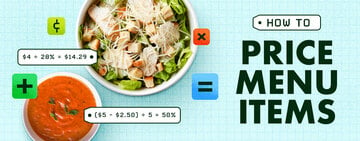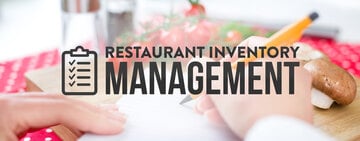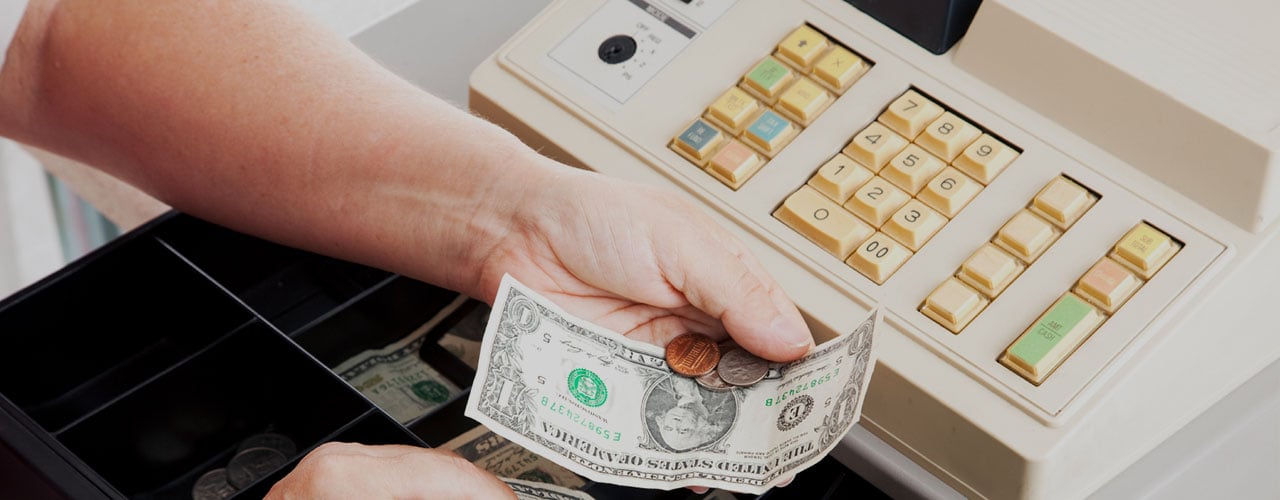
How to Balance a Cash Register
Last updated on 6/3/2019Balancing a cash register is the method used to accurately account for all daily monetary transactions in a business. Good accounting and bookkeeping procedures begin with a balanced register. Typically, trustworthy employees who prove capable of exchanging cash in an efficient manner will operate the cash registers. When their shift is complete, it’s time to prepare the drawer for the next employee to use or for earnings to leave your location in the form of a bank deposit. The best process for how to balance a cash register is simple to introduce with just a few easy steps.
Shop All Cash Registers and Cash Drawers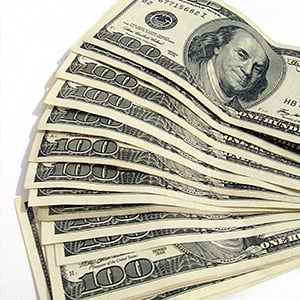
1. Determine the Best “Starting” Amount
The cash register should contain a consistent number of bills and coins so you can make change for your customers. However, too much cash in a drawer at one time can lead to theft, which could leave your wait staff in a potentially dangerous situation. Stuffing the drawer can also result in bills falling to the ground or slipping into the back of the register. Regardless of intent, both situations take away from your business’s bottom line. You can't accurately create a profit and loss statement for your business if shrinkage is affecting your sales.
Select a base amount of cash to keep in the register to easily handle routine transactions throughout the first half of the shift. It also helps to pick a round number, and one that is easy to count by hand prior to loading and after removing the drawer. Generally, this number will be between $50 and $150.
2. Assign One Employee Per Register
Prior to the start of a shift or meal, ensure that a single individual will be responsible for the register for the entirety of the allotted time. If multiple registers are required, take time to carefully assign one employee to each register. When work areas and specific responsibilities are noted ahead of time, it will improve the efficiency of your dining operation. By allowing several employees to access one drawer in a short period of time, there can be room for mistakes and increased opportunities for bills to go missing.
3. Require the Same Employee to Count Their Drawer
When making your restaurant staffing schedule, create drawer counting assignments. While it may not always be possible, try to have the same staff member count his or her drawer at the end of a shift with a supervisor nearby. This leaves little room for discrepancies in the final amount. Any small overages or shortages (up to $1) are usually the result of human error. If the difference is routinely any larger, the supervisor or owner will need to decide if disciplinary action is required.
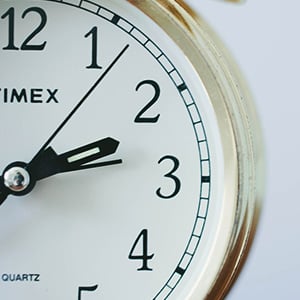
4. Schedule Times for Cash Drops
A cash drop is when a manager or supervisor manually removes and deposits cash into the drawer in order to keep up with customer transactions. Depending on the traffic and frequency with which your customers pay with cash, these drops will typically take place towards the end of a meal rush.
Make a point to always note the individual who has deposited the cash and maintain a standard amount for each cash drop. If time allows, have the cashier sign off on the transaction, since they will be the ones held responsible for working with the new balance.
5. Separate Earnings from Starting Amount, and Promptly Store in a Safe
Earnings intended for a bank deposit should remain in a sealed envelope, then placed into a safe along with other restaurant cash register drawers. It’s important that the safe is located in a secure, isolated area, with owners and supervisors the only ones capable of unlocking it. Incorporating a combination of door alarms or security cameras is beneficial as well.
If your staff is participating in tip pooling or tip sharing, be sure that this amount is accounted for and recorded.

6. Utilize Up-to-Date Cash Register Software
Today, restaurants and bars rely heavily on a cash register system, especially those that operate in a fast-paced environment or with multiple registers in use at one time. Equipping your establishment with software that is out-of-date will only cause problems. To prevent this, ensure that your business is reaching its full potential with the right cash register software. There are many software options available, several of which can be custom designed for the operation you wish to run.
Balancing your register on a daily basis is a great way to stay organized and ensure that the drawer matches up with your sales reports. If there are discrepancies, you'll catch them right away and be able to pinpoint the cause. Creating a cash handling policy and incorporating it into your restaurant employee handbook is an excellent way to hold cash handlers responsible for the transactions they make during their shift.

